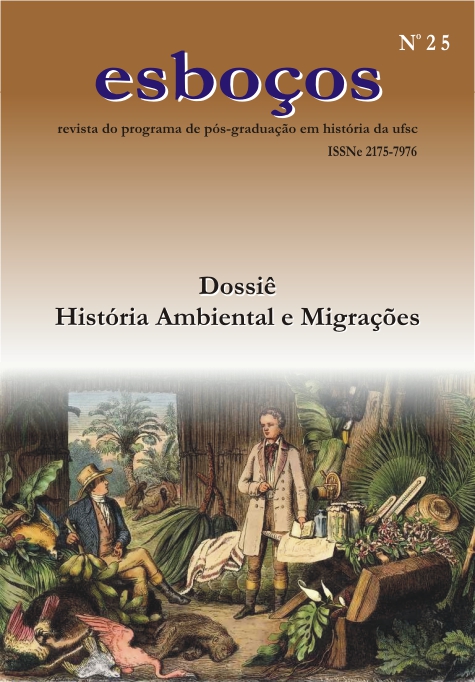Hunting and wildlife preservation in colonial Africa
DOI:
https://doi.org/10.5007/2175-7976.2011v18n25p164Abstract
At the beginning of the XX century, with the scientific discoveries of the etiologic agents and vectors of certain tropical diseases, some measures of sanitation in colonial Africa were implemented as indiscriminate cull of wild animals. In 1910, a killing that occurred in the German Oriental Africa, (current Tanzania) initiated an intense debate about the protection of wild life. In the following decades, other killings happened in colonies or British protectorates in Africa. From mid 20th. century, many regions in Portuguese Oriental Africa (current Mozambique) were zones of action for the Combat Mission to Tripanossomiase (MCT) and their hunting brigades. However the indiscriminate cull of wild animals, was the target of criticism from some veterinarian doctors that worked from MCT. Some amateur hunters also participated in this debate about the killings. Some defenders of the sport hunting were protagonists of a series of preservationist actions. This incipientpreservationism was not anti-colonial, but served to orientate the first projects of preservation parks and natural reserves in Africa.
Downloads
Published
2011-06-23
How to Cite
Correa, S. M. de S. (2011). Hunting and wildlife preservation in colonial Africa. Esboços: Histories in Global Contexts, 18(25), 164–183. https://doi.org/10.5007/2175-7976.2011v18n25p164
Issue
Section
Special issue
License
Esboços: histories in global contexts adopts an Open Access policy and it is licensed under a Creative Commons Attribution 4.0 International License (CC-BY 4.0). Authors will be asked to sign an open access license agreement before publication.
Authors who publish with this journal agree to the following terms:
- Authors grant the journal Esboços: histórias em contextos globais (ISSN 2175-7976) right of first publication with the work simultaneously licensed under a Creative Commons Attribution 4.0 International License (CC-BY 4.0).
- This license allows users to remix, transform, and build upon the material, on the condition of giving acknowledgement of the work's authorship and initial publication in this journal.
- 3.Authors are able to enter into separate, additional contractual arrangements for the non-exclusive distribution of the journal's published version of the work (e.g., post it to an institutional repository or a personal website, or publish it as a book chapter or a translation).

This work is licensed under a Creative Commons Attribution 4.0 International License.







